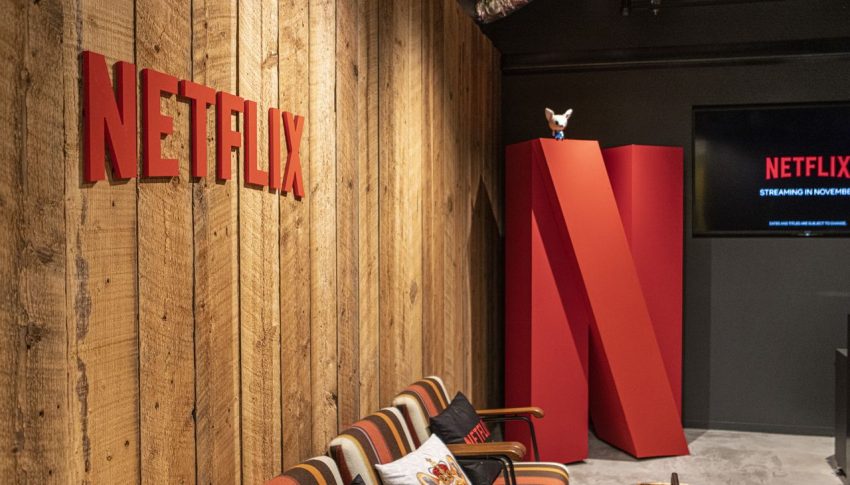The Rise of AI in Entertainment
Netflix co-CEO Ted Sarandos recently highlighted the use of AI-powered tools during an earnings call on July 17, emphasizing how these technologies have enabled remarkable achievements with impressive speed. He was referring to the Argentinian Netflix original series The Eternaut, which features a scene with AI-generated visual effects depicting a building in Buenos Aires collapsing.
Sarandos noted that the cost of such visual effects would not have been feasible for a show with a limited budget. As a result, this particular sequence marks the first instance of GenAI final footage appearing in a Netflix original series or film. The scene is featured in episode 6 of The Eternaut, around the 59:49 mark, during a series of flashback shots in the final ten minutes of the show.
Although there are no readily available clips of this scene online at the time of writing, viewers can skip to it directly on Netflix if they wish to see the AI-generated content for themselves. The AI-generated segment is brief, lasting only a few seconds in two separate shots. This brevity suggests that Netflix’s primary goal in highlighting this scene may be more about marketing than showcasing the full potential of AI in visual storytelling.
According to reports, generating the visual effects using AI was approximately 10 times faster than traditional methods. While it’s possible that the production team might have hired a VFX team if the budget had allowed, Netflix emphasizes that the use of AI is not solely about cost savings.
Sarandos further stated, “We remain convinced that AI represents an incredible opportunity to help creators make films and series better, not just cheaper. They’re AI-powered creator tools. So this is real people doing real work with better tools.” This perspective reflects a broader vision of AI as a tool that enhances creativity rather than replacing human effort.
This development marks another significant step in Netflix’s growing embrace of AI. Earlier this year, the streaming giant announced plans to begin rolling out AI-generated advertisements in 2026. This continued investment in AI signals that the company is not backing away from its integration into the entertainment industry. For artists, writers, and creators, this shift raises concerns about the future of their careers and the evolving landscape of the entertainment sector.
While the use of AI in creative processes, such as generating visual effects, is not entirely new, the concern arises when AI is used to bypass the need for real artists. This could lead to a loss of the human touch that is essential to artistic expression and potentially push talented individuals out of the industry.
Unions like IATSE, which represent behind-the-scenes workers in the entertainment industry, including many visual effects (VFX) teams, have been actively advocating for protections against the misuse of AI. These efforts include negotiations for safeguards against AI in projects by companies like Marvel and Disney, as well as more recently, the Saturday Night Live VFX crew.
As AI continues to shape the future of entertainment, it becomes increasingly important for creators to find a balance between leveraging technological advancements and preserving the integrity of human artistry. The ongoing dialogue between technology and creativity will play a crucial role in determining the direction of the industry moving forward.
